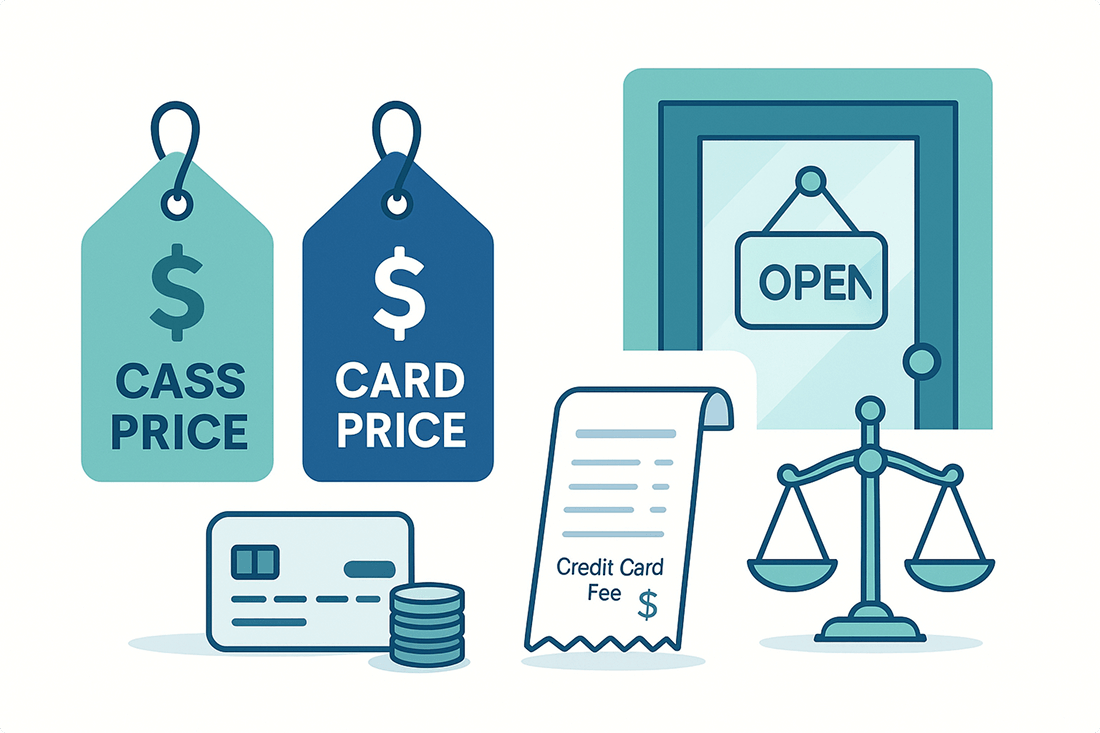Summary
Cards convert well at checkout and support impulse buys; ACH is inexpensive and ideal for invoices, recurring payments, professional services, and B2B. Most small businesses should accept both and steer larger, predictable payments to ACH while keeping cards for in‑person and e‑commerce.
When cards make sense
Cards shine for point‑of‑sale and quick online purchases thanks to familiar checkout flows, tap‑to‑pay, saved cards, and strong network risk modeling. They’re the best choice when speed and conversion are the priority.
When ACH makes sense
ACH costs are typically flat and low per payment, settlements are 1–3 banking days, and Same‑Day ACH can accelerate funding. Since March 2022, the Same‑Day ACH per‑payment limit is $1,000,000, which opens ACH to larger invoices, expedited payouts, and bill‑pay that previously required wires. ACH is particularly attractive for subscriptions, tuition, rent, retainers, and B2B orders.
Key rules in brief
For consumer web‑initiated debits (WEB), Nacha requires a commercially reasonable fraud‑detection system that includes account validation at first use and on changes. Separate “Micro‑Entries” rules standardize small test transactions and require monitoring for fraud. Building these checks into your onboarding flow reduces returns and disputes.
How to implement without hurting conversion
Choose an ACH‑capable gateway or your processor’s ACH module, enable account validation for WEB debits, and decide when to present ACH vs. card (for example, default to ACH for invoices over a set threshold). Publish refund timelines and train staff on ACH return handling. If you also plan to surcharge credit cards, make sure your policy complies with state law and card‑brand rules.








